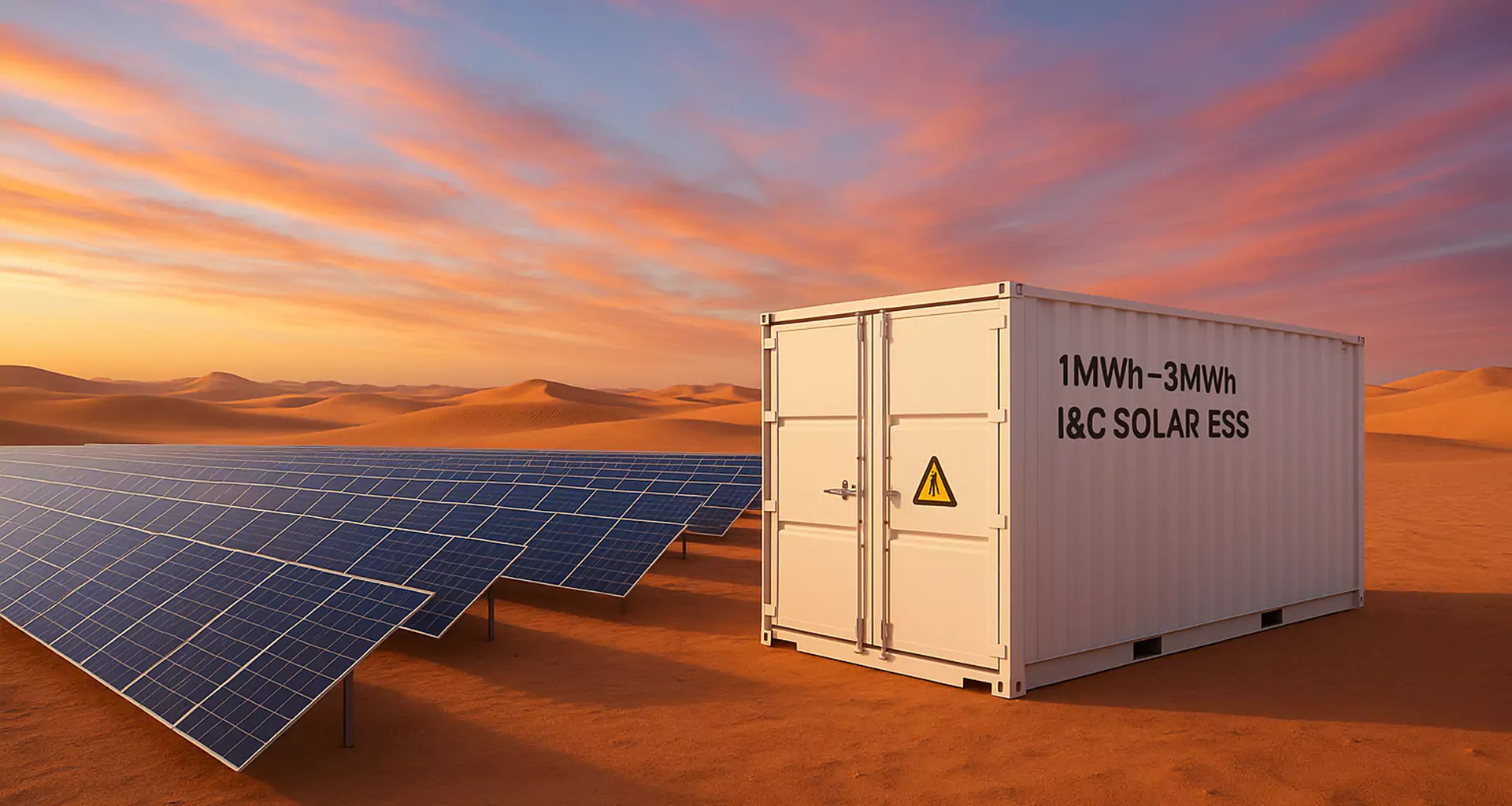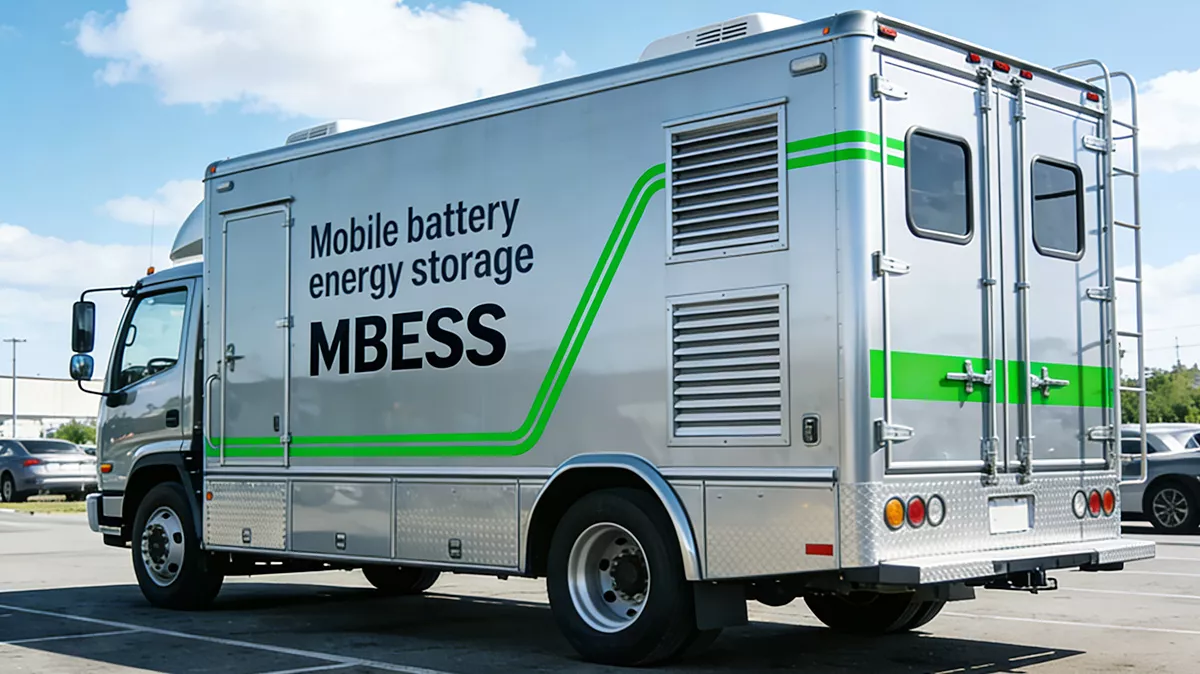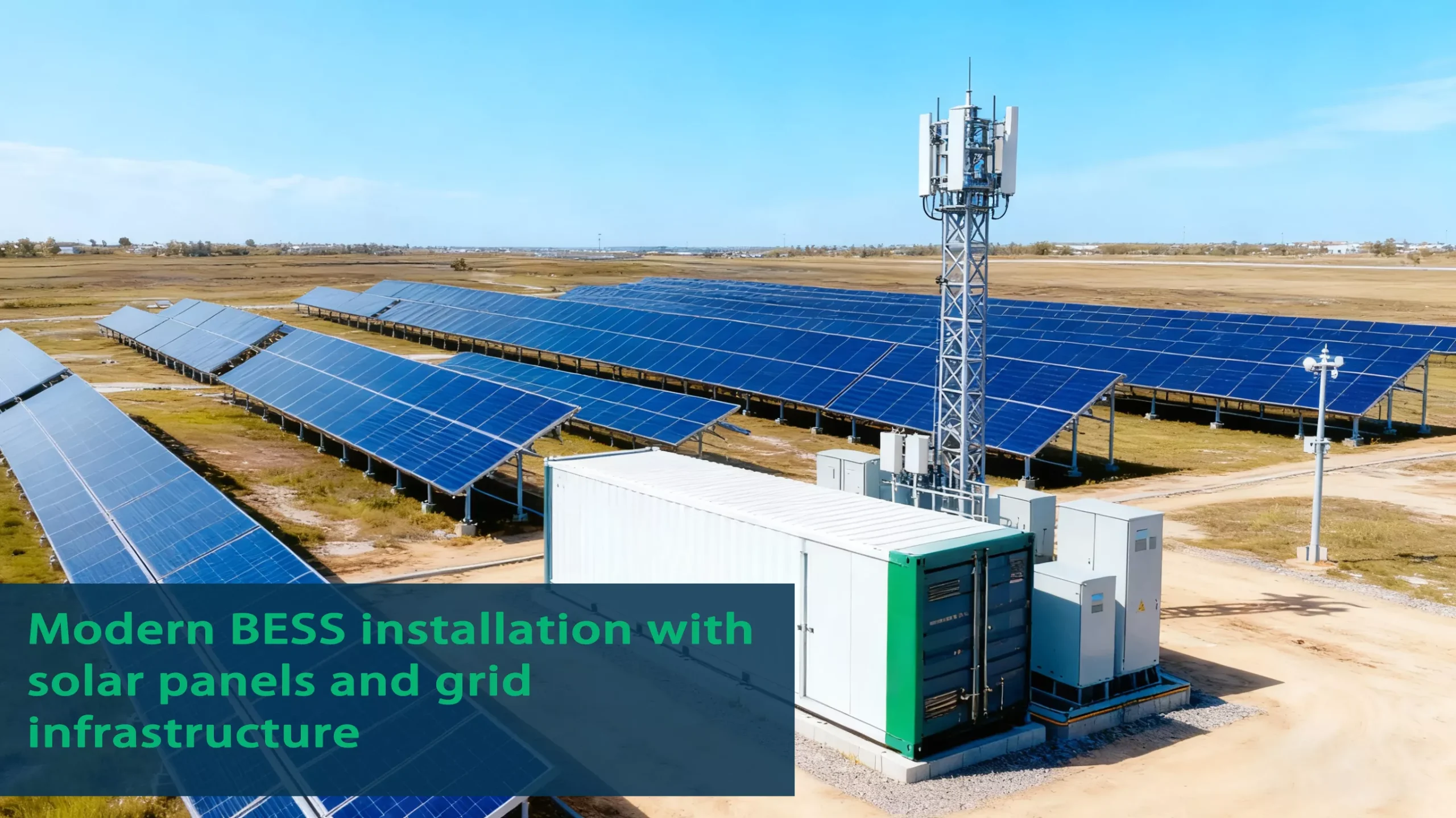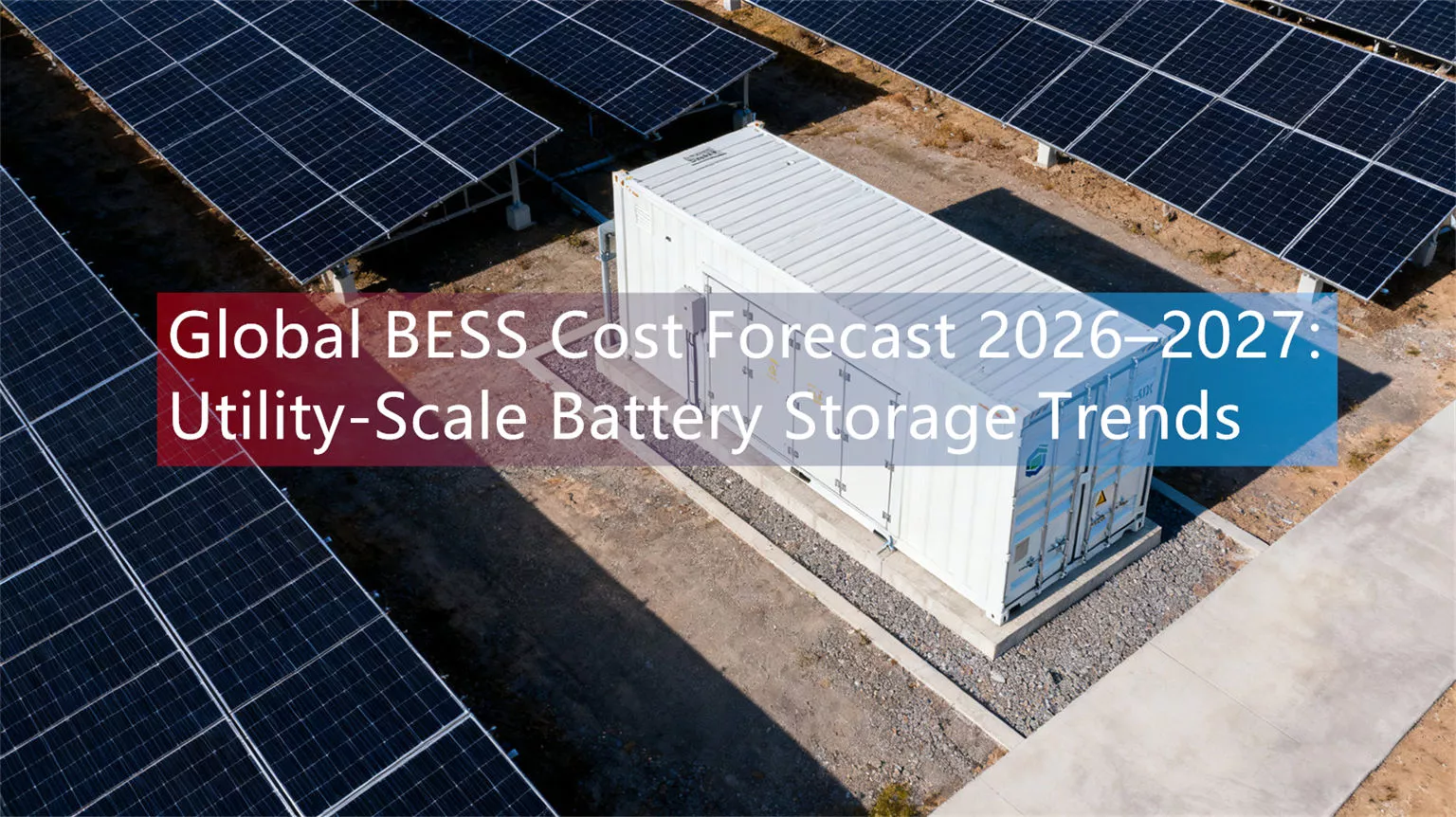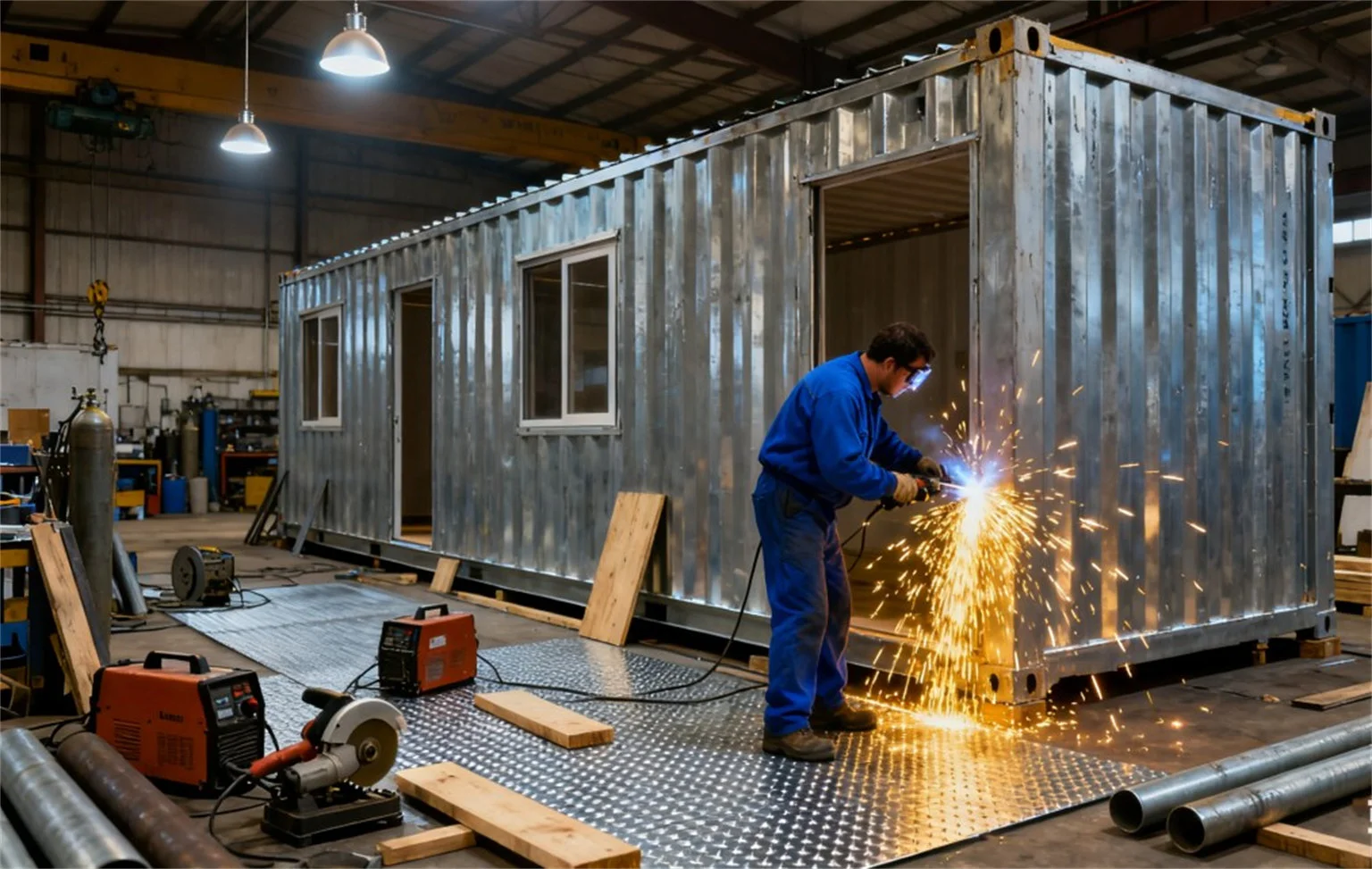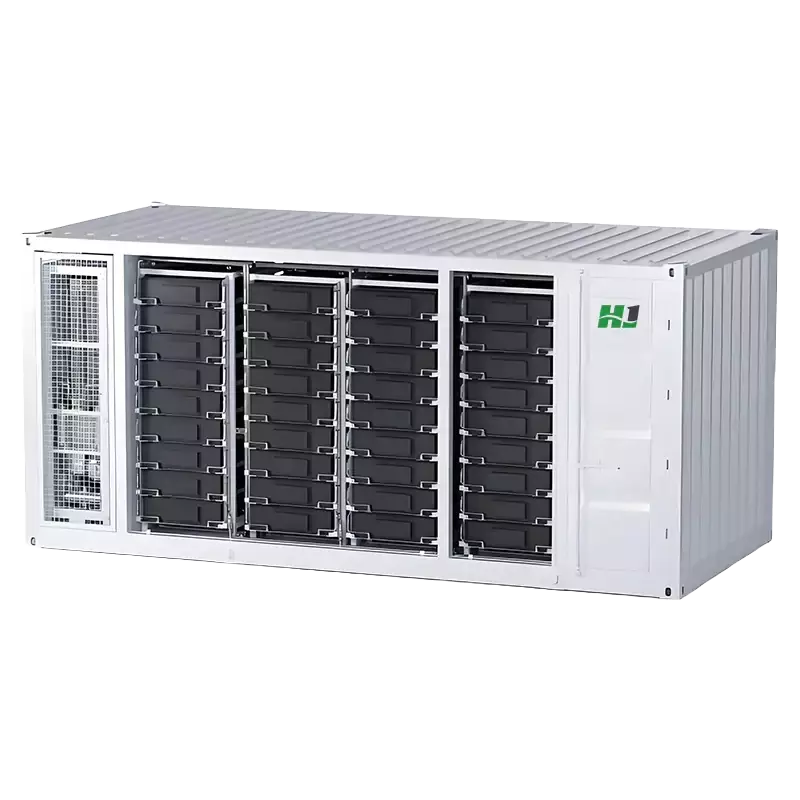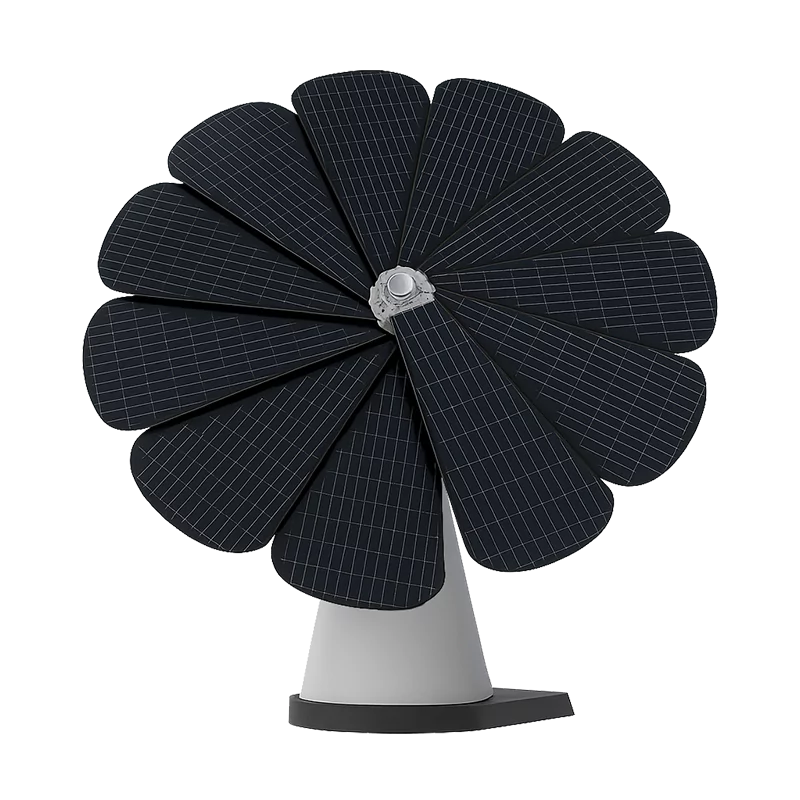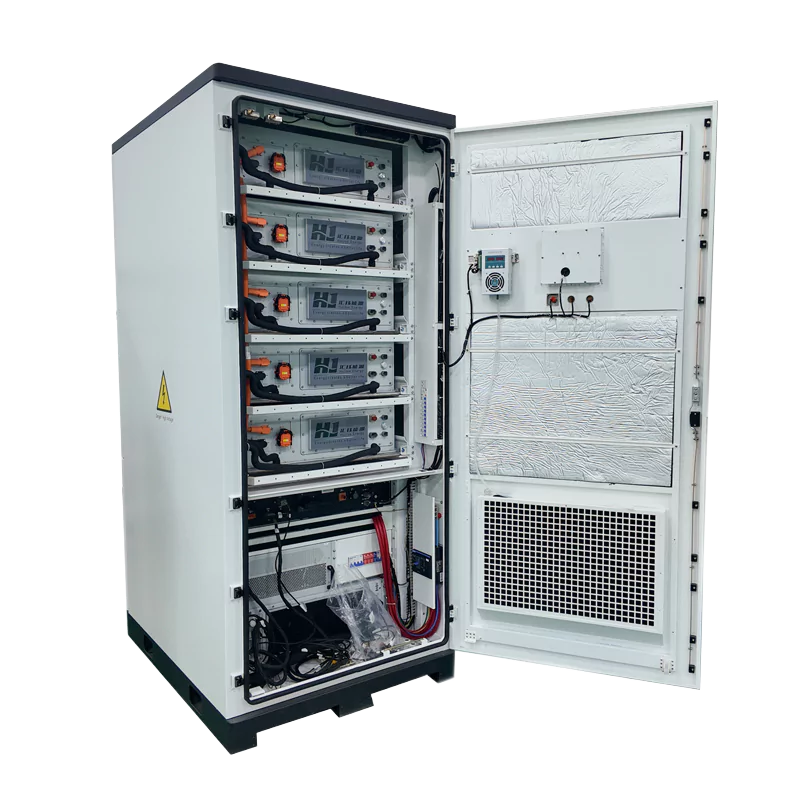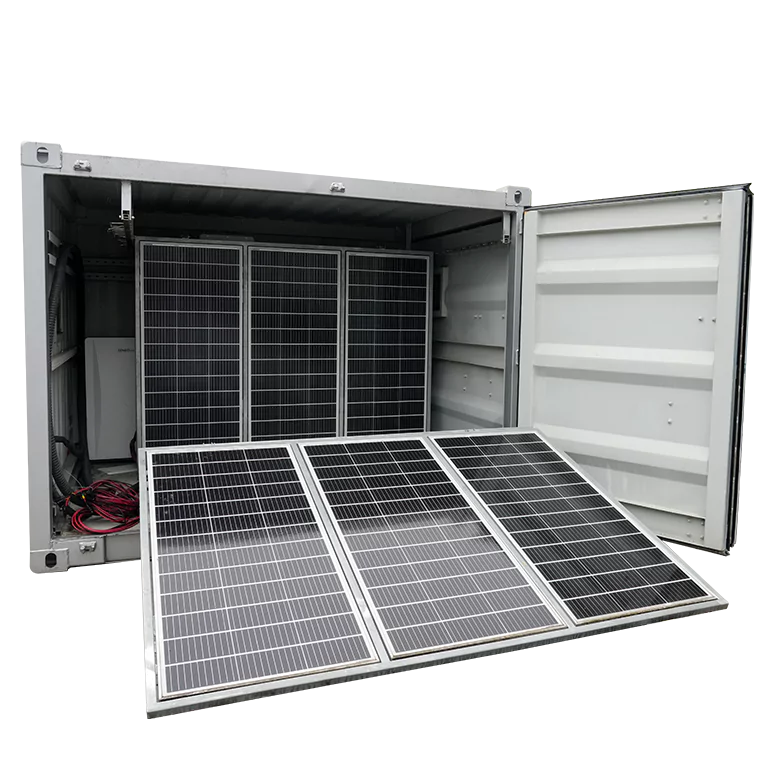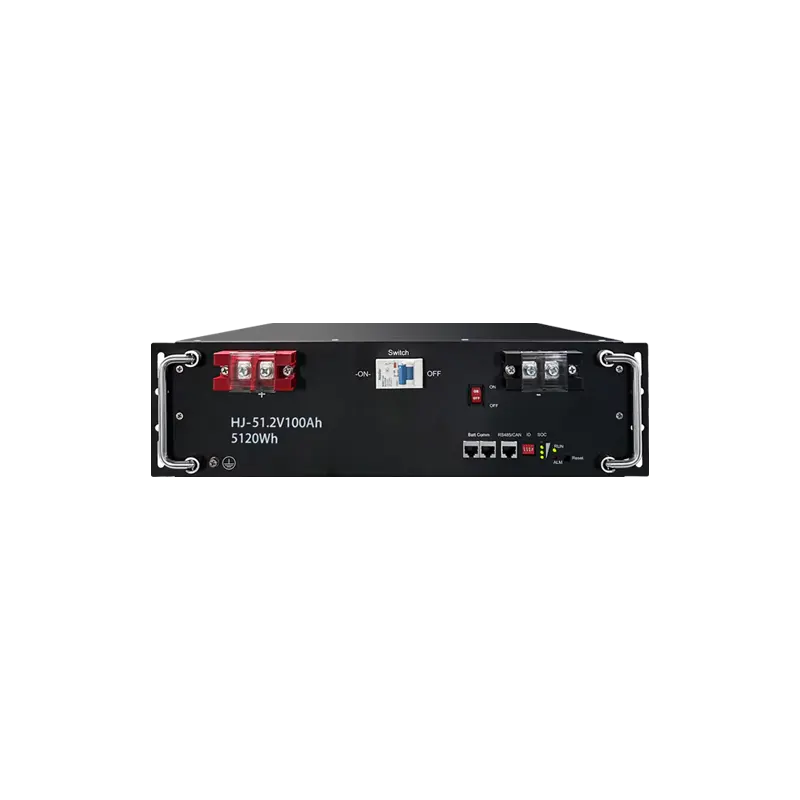Why is the Penetration Rate of Air Conditioners So Low in Europe?
In recent years, the situation of global warming has gradually intensified. In the summer of 2024, rare high temperatures occurred in many parts of Europe. The temperature in cities such as Paris, Berlin and Madrid has exceeded 40℃ for several consecutive days, causing dual pressure on residents’ health and the energy system. However, surprisingly, as one of the earliest regions to industrialize, the air conditioning penetration rate in Europe remains relatively low, far behind that of countries such as China, the United States, and Japan.
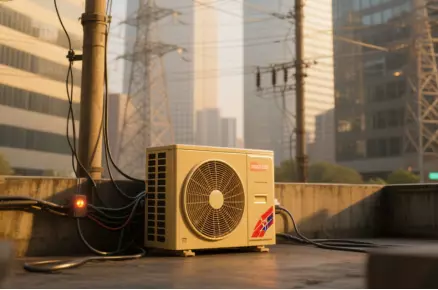
I. The Penetration Rate of Air Conditioners in Europe is Not High
According to the International Energy Agency (IEA), the current overall air conditioning penetration rate in the European Union is between 20% and 30%, and in some Nordic countries, it is even less than 10%. In Southern European countries such as Spain and Italy, despite the hot climate, it was only in recent years due to extreme weather that the installation of air conditioning equipment was accelerated. In contrast, the penetration rate of air conditioners in urban households in China exceeds 120%, and the United States has long achieved a standard configuration in almost every household.
The main reasons for this gap are as follows:
- Climate Basis: Historically, “No Need for Air Conditioning”
The traditional European climate is renowned for its mildness, with short durations and low intensity of high summer temperatures. In many countries over the past few decades, people have been able to live comfortably without air conditioning. However, with the frequent occurrence of extreme weather, this fundamental climate benefit is being shaken.
- High Electricity Prices: Using Electricity is a “Luxury”
The average household electricity price in the European Union is much higher than the global level. Take Germany as an example. In 2023, the household electricity price there once reached 0.4 euros per kWh (approximately 3 yuan per kWh), while in China, the electricity price for most residents does not exceed 0.6 yuan per kWh. With such high electricity prices, using air conditioners means a higher cost of living. It’s not that air conditioners are “unaffordable”, but rather that people “dare not use them”.
- Old Buildings: Difficult to Renovate
A large number of European residences were built in the middle of the last century or even earlier. They adopt passive cooling designs such as thick walls and natural ventilation, and are not suitable for installing modern split air conditioning systems. Large-scale renovations not only involve high costs but also complex issues such as cultural relic protection and community norms.
- Environmental Protection and Cultural Differences
Europeans are leading in the concept of energy conservation and environmental protection, have long emphasized a low-carbon lifestyle, and have a cultural “cautious acceptance” of high-energy-consuming equipment such as air conditioners. Many people would rather use fans and sunshades than install air conditioners.
II. The High Temperatures in Europe Have Also Put Pressure on the Power System
In the face of extreme high temperatures, the electricity consumption for air conditioners has increased significantly. The power grids in some European countries are struggling to cope, and in some areas, power rationing has even begun. However, due to the unstable output of renewable energy, the reduction of traditional energy generation, and the bottleneck of the transmission network, the European power system is gradually becoming a reality that it cannot cope.
III. Comparison with China: Why Can China “Manage Electricity Sufficiently”?
While Europe is still worrying about whether to install air conditioners and whether electricity prices are high or not, China’s power system is exporting its technical experience to the world. The core reason why China can support high-density and high-load electricity demands lies in the ultra-high voltage transmission (UHV) technology.
What is Ultra-High Voltage?
Ultra-high voltage transmission refers to transmission systems with voltage levels of 1000kV and above (AC) or ±800kV and above (DC). Compared with traditional high voltage, ultra-high voltage has the characteristics of longer transmission distance, lower loss and greater transmission capacity, and can efficiently transport wind, solar and water resources from the west to the load centers in the east.
For instance, the “West-to-East Power Transmission” project delivers hydropower from Yunnan and wind power from Inner Mongolia to industrial powerhouses such as Guangdong, Jiangsu and Shanghai through ±800kV ultra-high voltage lines. This “national network” dispatching capability is the key to ensuring the stability of power supply in China.
The Technology is Globally Leading
By 2024, China has built and put into operation over 30 ultra-high voltage lines, with a transmission mileage exceeding 50,000 kilometers. All key equipment such as transformers, insulators, and converter valves have been independently developed, resulting in lower costs and higher efficiency, leading the world.
Export Overseas: From Brazil to Ethiopia
China not only applies ultra-high voltage technology on a large scale domestically, but also exports this capability “overseas”. Typical cases include:
- The Belo Monte UHVDC transmission project in Brazil, which is 2,500 kilometers long and constructed by State Grid Corporation of China, has opened up a channel for clean energy from the Amazon rainforest region to major cities in the south.
- In Ethiopia, Chinese enterprises have participated in the construction of multiple hydropower stations and their supporting power transmission systems, enhancing the power supply capacity and self-sufficiency rate of African countries.
IV. From Air Conditioning to Power Systems: Behind It Lies the Gap in Infrastructure
The low penetration rate of air conditioners in Europe is not only a consumer choice but also the result of the combined effect of electricity prices, energy structure and grid efficiency. In contrast, China’s continuous investment in ultra-high voltage, smart grids, and energy dispatching capabilities has significantly enhanced the accessibility and economy of electricity, creating fertile ground for the large-scale development of clean energy.
Find Your Solar + Battery Storage Specialist Now!
* Fill out this form and our experts will help you find the perfect solar storage solution for your home or business.


